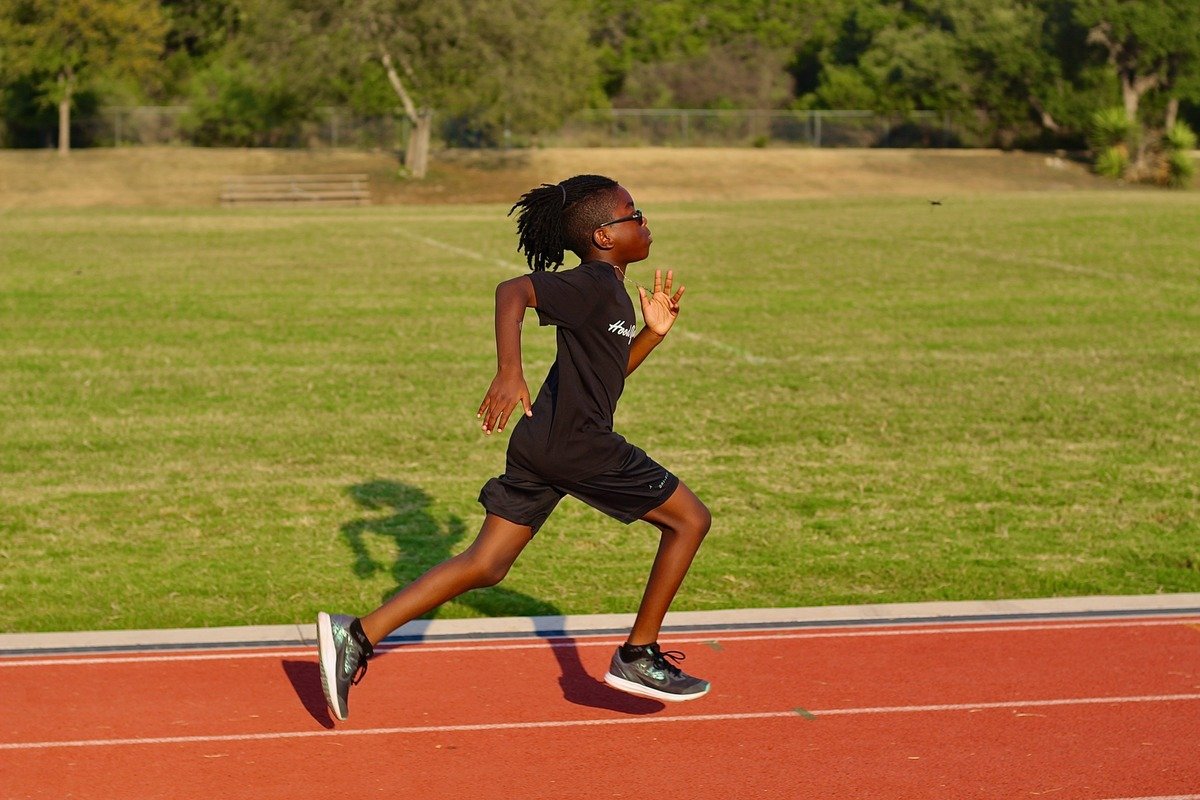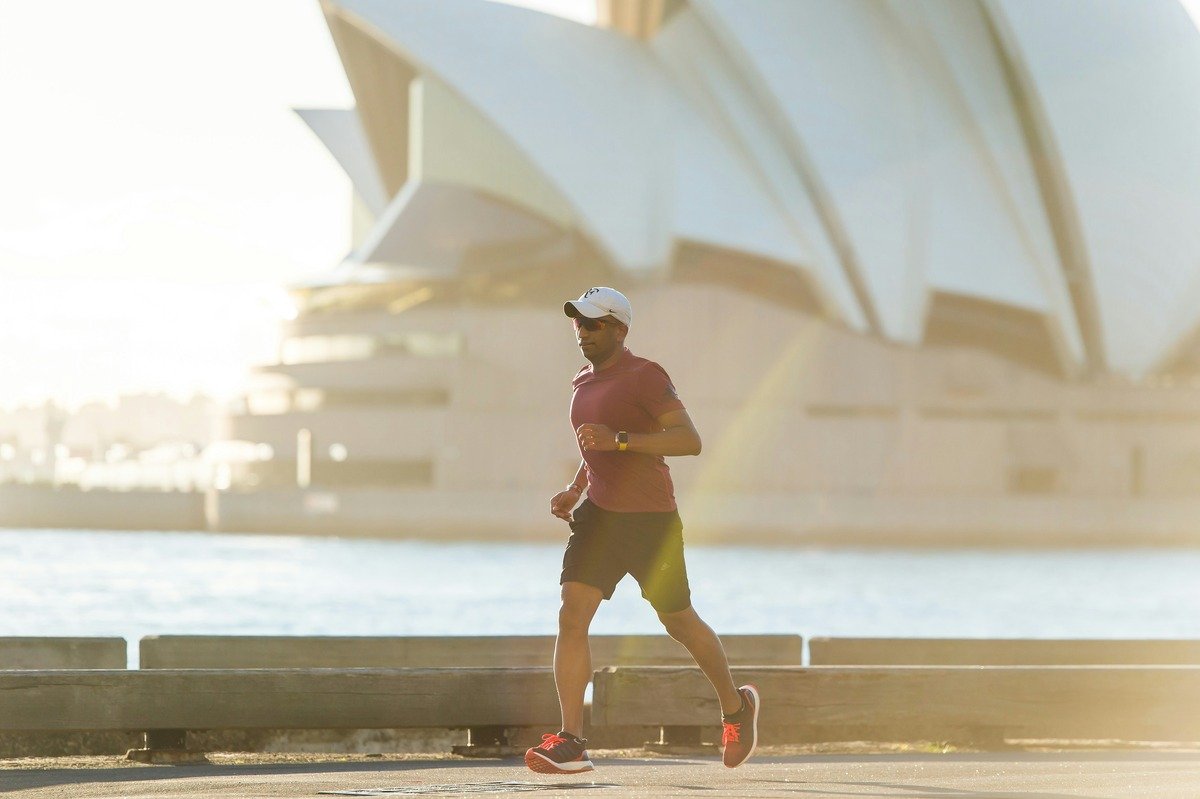Ask Outdoors: Is Zero-Drop Footwear Really Worth the Hype?
Zero-drop footwear has gained attention in the footwear and fitness communities, with proponents such as Altra Footwear and Xero Shoes, claiming significant health benefits. Zero drop refers to shoes that have no height difference between the heel and the forefoot, promoting a more natural foot position. Below, we’ve shared some key points to consider and hopefully help you decide whether it’s for you.
Videos by Outdoors
Pros and Cons of Zero-Drop Footwear

Advocates argue that zero-drop footwear encourages a more natural foot position, potentially reducing the risk of certain foot issues and promoting better alignment. Many people switching to a zero drop, and thus more natural style of footwear have seen these benefits with better alignment in their backs, necks, legs, and feet.
Muscle Strengthening
Zero-drop shoes can help strengthen the muscles in the feet and lower legs because they require more engagement and allow for a fuller range of motion. The key thing to remember on this point is that since most of us have grown up in more traditional shoes with significant drop (often up to 10mm in difference between the heel and toe), it takes time for our bodies to adjust to a level, or zero-drop platform. Be patient with yourself if you decide to try them.
Improved Posture
Zero-drop shoes may contribute to better posture by allowing the body to maintain a more neutral alignment, as opposed to the heel elevation often found in traditional footwear. If you imagine your body when you’re barefoot, you are in full alignment from your head through your back and pelvis, and all the way down to your toes. When we add a traditional, elevated heel, it tilts our bodies forward and out of alignment. This tilt can cause back pain and other health issues.
Reduced Impact
Shoes with zero drop promote a more natural gait, potentially reducing impact forces on joints and decreasing the risk of certain injuries. A raised heel in traditional footwear isn’t only thicker, it’s also heavier. When you walk or run, this heavier heel causes you to heel strike, sending a stronger shock impact up the leg. However, with zero-drop footwear and the lack of thicker, heavier heel, you strike on your forefoot, which allows the full spring of your leg to absorb the force and reduce impact.
Transition Period
It’s important to note that if you would like to try zero-drop footwear, the transition should be gradual. Altra Footwear has a nice guide available for this. Abruptly switching from traditional shoes to zero drop can lead to muscle soreness or injury, as it requires an adjustment in gait and muscle activation. One of the main things to look for is soreness in the achilles tendons and calves. With a zero-drop shoe, more strain is placed on both, so it is important to pay attention to how they feel and adjust accordingly.
Individual Variation
Many things affect how each individual body will respond to zero-drop footwear. Factors such as foot shape, biomechanics, activity level, and personal comfort preferences play a role in how well someone adapts to this type of footwear. We’d encourage you to give it a try with an open mind and see how your body reacts. If you are interested in running in zero-drop footwear, it’s a great idea to start by wearing them as a daily shoe so as not to shock your body.
Should You Go Zero Drop?

Whether zero-drop footwear is worth the hype depends on individual preferences, biomechanics, and specific fitness goals. Some people find it beneficial for promoting a natural foot position and strengthening lower leg muscles, while others may not experience significant advantages, or they may even find their achilles tendon simply needs a little extra lift.
I find that, personally, my body does well wearing a variety of different drops, including zero. It’s a nice way to keep all the muscles working and just a bit confused. It’s essential to consider personal comfort, gradual transition, and individual factors when deciding whether to try zero-drop shoes. If you have concerns or specific foot conditions, we suggest consulting with a healthcare professional or a podiatrist.
Source: https://outdoors.com/is-zero-drop-footwear-really-worth-the-hype/






